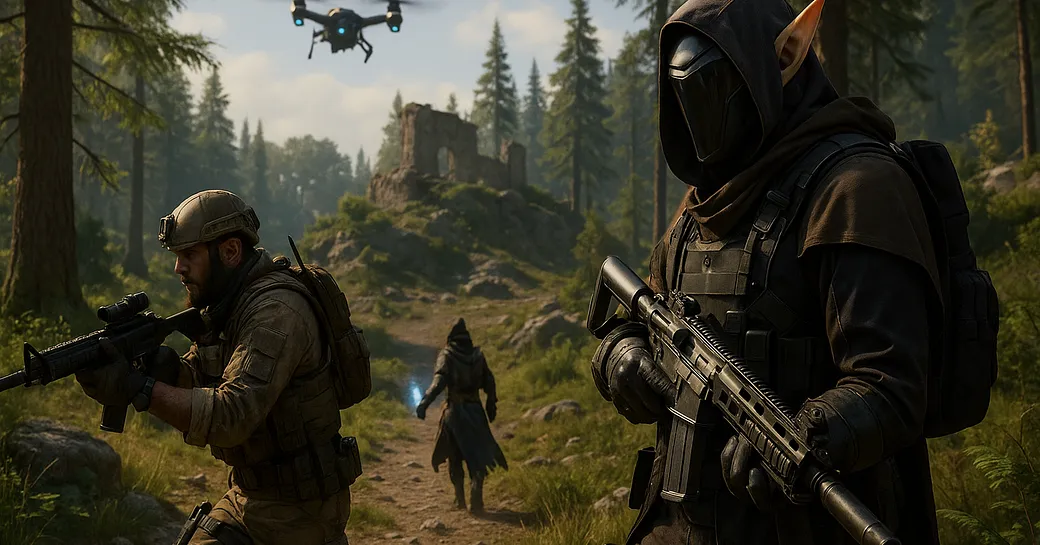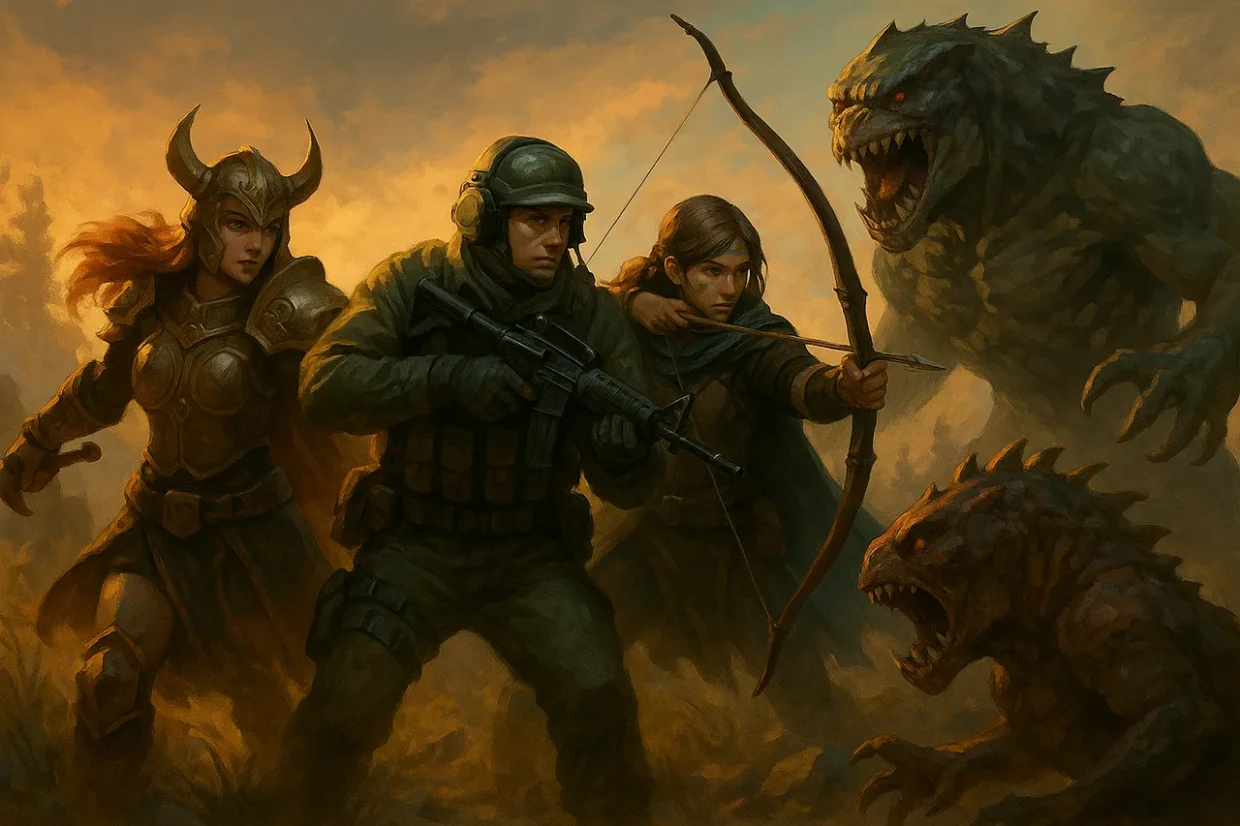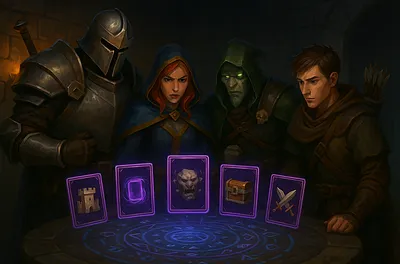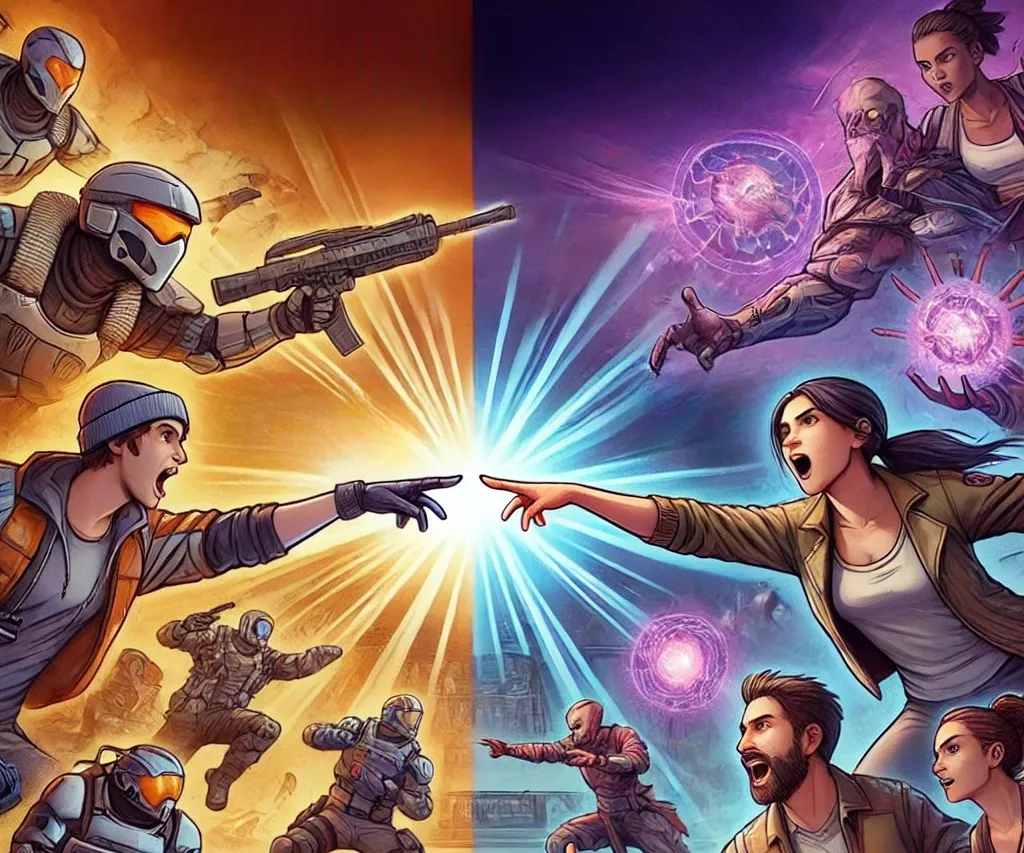Building a Premium-First Game Model
In a market increasingly saturated with live service titles and battle passes, there's a rising countercurrent: studios opting to craft premium-first or premium-only games. The challenge, however, is significant. How can you build a premium game that sustains itself for years, without the constant drip-feed of content updates or FOMO-inducing mechanics? The answer I’ve seen usually has been that studios opt-in for these approaches in order to build games that are fun to play, for the time they get played — and that’s kind of it. Some studios will do well with these, alone or through the partners they have; and it will be all good for them. But for most? I’d say they should take a more deeper approach, about which I’m discussing more on this article. Also, thinking about the challenges here — it’s quite exciting to provide […]













